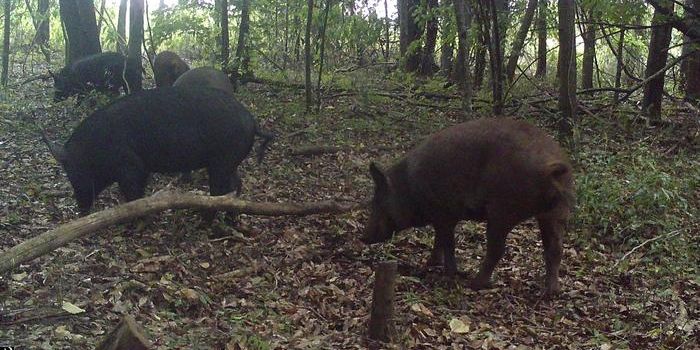Did Dinosaurs Actually Roar?
There has been a lot of recent controversy over how dinosaurs may have sounded when they once walked the Earth. The common knowledge is that with their large mouths and gigantic throats, they probably had very deep roars, and movies series’ like Jurassic Park have all but pounded this concept into our heads.
Of course, that may not really have been the case. One recent paper published in the journal Evolution suggests that dinosaurs probably made sounds similar to birds, such as ‘coos,’ ‘booms,’ and ‘hoots.’

Image Credit: Andrey Atuchin/National Geographic
What they mean by this isn’t necessarily that dinosaurs sounded like doves and song birds, but rather that they may have sounded similar to larger birds like the modern ostrich, which make closed-mouth sounds that are more like a ‘boom’ rather than a squawk.
“To make any kind of sense of what nonavian dinosaurs sounded like, we need to understand how living birds vocalize,” said Julia Clarke, the co-author of the paper. “This makes for a very different Jurassic world. Not only were dinosaurs feathered, but they may have had bulging necks and made booming, closed-mouth sounds.”
There are several things we have to look at to better understand dinosaurs, and it’s difficult because all we really have to remember them by are their bones.
On the other hand, alligators and crocodiles are among the dinosaurs oldest-living relatives that still walk the Earth today and we can learn a lot from them, and there is also some evidence so suggest that some dinosaurs even had feathers like many modern bird species, a lot of which are cousins of other bird species that also existed back then.
Were dinosaurs once more bird-like than previously thought?
Alligators and crocodiles make their sounds from deep in their throats, typically with their mouths closed, and birds on the other hand are much more high-pitched, as they let the sound waves flow through the air. Dinosaurs may have made a variety of unusual sounds combining these two characteristics.
Looking at the distribution of closed-mouth vocalization in birds that are alive today could tell us how dinosaurs vocalized,” said Chad Eliason, another co-author from the study. “Our results show that closed-mouth vocalization has evolved at least 16 times in archosaurs, a group that includes birds, dinosaurs and crocodiles. Interestingly, only animals with a relatively large body size (about the size of a dove or larger) use closed-mouth vocalization behavior.”
So before you imagine another dinosaur making a loud, lion-like roar off into the distance, consider this: they probably sounded more like birds than modern predators.
Source: University of Texas at Austin, NPR








